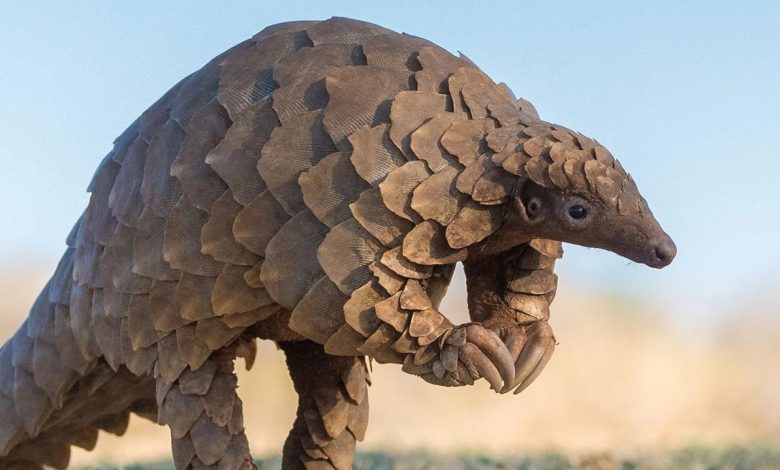
Context- From 2018 to 2022, 1,203 pangolins were taken in India for the illegal trade in wildlife, according to a new report from TRAFFIC and the World Wide Fund for Nature-India. These were retrieved from 24 states and one Union Territory of India in 342 seizure incidents. Odisha had the most pangolin seizures and incidents of seizure.
Key Highlights-
- Pangolins are nocturnal mammals that dig burrows, eat termites and ants, and contribute significantly to ecosystem management, primarily by aerating the soil and adding moisture to it.
- The distinctive appearance of pangolins is well-known. They have keratin scales covering their entire body.
- They can roll into a ball to defend themselves when threatened.
Types of pangolins:
There are eight pangolin species:
- 4 African species: Black-bellied pangolin, White-bellied pangolin, Giant Ground pangolin and Temminck’s Ground pangolin.
- 4 Asian species: Indian pangolin, Philippine pangolin, Sunda pangolin and the Chinese pangolin.
Habitat:
- It can thrive in primary and secondary tropical forests, limestone and bamboo forests, grasslands, and agricultural fields, among other habitats.
- The Indian pangolin can be found all over the subcontinent of India; Chinese pangolins are also found in Bihar, West Bengal, and Assam.
Threats:
- Its population is rapidly declining throughout its range as a result of habitat loss and widespread poaching for its meat, scales, and skin.
- Pangolins are one of the wild mammals that are traded the most frequently all over the world. Their meat and scales are prized delicacies and their scales are used as medicine.
Status for Protection:
- Indian pangolin is listed as Endangered (EN) on the International Union for Conservation of Nature (IUCN) red list of animals.
- The Chinese pangolin is considered to be “critically endangered”
- Indian and Chinese pangolins are both protected in India by Schedule 1 of the Wildlife (Protection) Act 1972, which forbids their hunting, trade, and any other form of exploitation.
- In Appendix I of the Convention on International Trade in Endangered Species (CITES), all pangolin species are listed.





.png)



